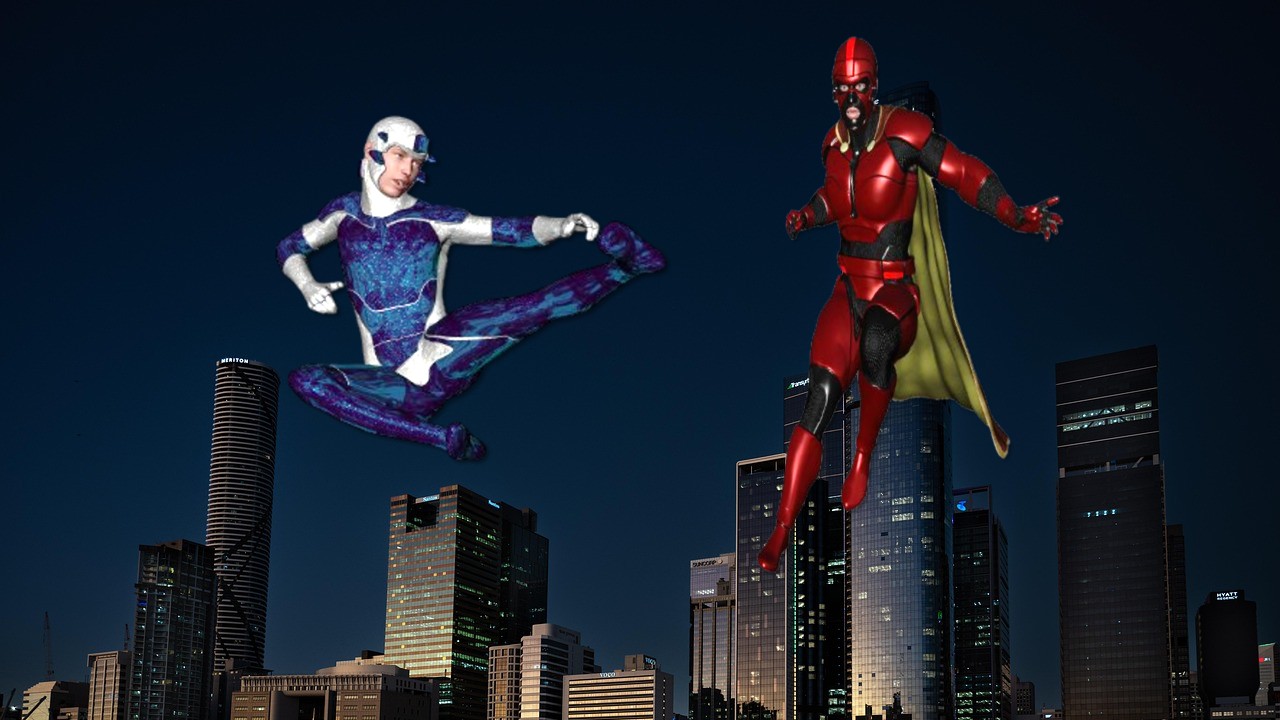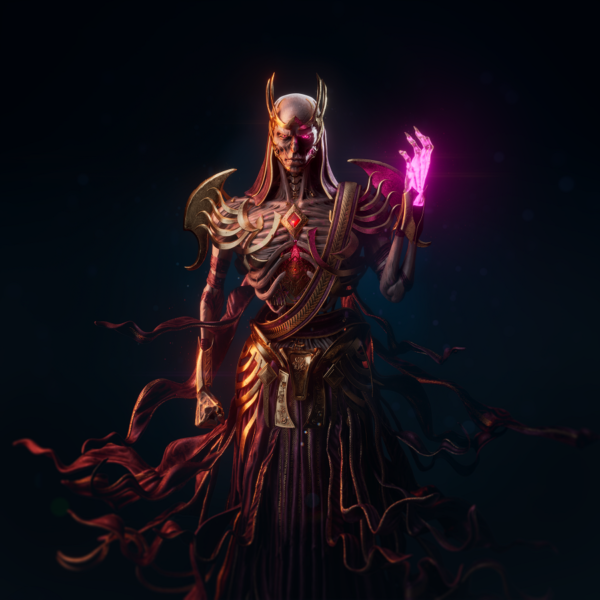

Defining Believability
Believability in a character can stem from individual characteristics, background, and dialogue, but it is especially derived from actions. Let’s take an example that immediately drains believability: when the antagonist gives a long speech instead of acting immediately. Tuco, in The Good, the Bad, and the Ugly, after shooting the man who talked too much, says simply: “don’t talk, shoot.” While these monologues are often done for dramatic effect, the moment they supersede practical action, they break the immersion.
The degree of character authenticity generally falls along a spectrum of the medium, depending on what the author is trying to achieve.
The Literary Spectrum
When examining media based on their potential for character depth, those that allow the most time for immersion tend to rate higher. Novels, as author Robert McKee noted, offer the ultimate setup: “We give the fantasy author one giant leap away from reality, then demand tight-nit probabilities and no coincidences thereafter.” The complex, unbelievable events often seen in film are less common in the written word.
Plays have physical limitations that TV and film do not, forcing them to be more “down to earth” and thrive on realism. While they may only last a couple of hours, their constraints often necessitate strong character writing. TV series, especially the long-running ones like Game of Thrones, provide vast amounts of time to reveal character. Unfortunately, modern television is often littered with “big reveals” and effects that demand plot holes and ultimately reduce the characters’ believability.
The Spectacle Spectrum
In other media, the rules change entirely. Adventure Films generally offer only two or three hours for development and prioritize spectacle over character realism. Comic Books often strain believability as major characters rarely die permanently, and vast powers are wielded repeatedly without any significant lasting injury.
The fantasy spectrum is most pronounced in Video Games (excluding RPGs). These AAA titles often pursue photo-realism of the look while completely ignoring the realism of activity. Features like respawning cut the foundation from under any attempt at character normalcy. Likewise, Computer RPGs can suffer from complexity for complexity’s sake, often functioning more as puzzles than true collaborative games. Single-player CRPGs rarely offer organic opportunity for characterization via spontaneous interaction.
Finally, Tabletop RPGs are highly variable. Some players write complex, deep backgrounds, while others simply roll up a PC and let the game shape them. The fundamental challenge to realism here is that player characters in traditional fantasy games like Dungeons & Dragons consistently engage in high-stakes, dangerous behavior but rarely suffer the realistic, long-term injury one would expect.
Choose Your Cool
The required level of character authenticity and the realistic consequences of their actions are features defined by the campaign’s genre and the players’ expectations. For genres like horror, decay and realistic consequences are essential for the narrative tension, but for superhero or high-fantasy settings, the quick recovery and ability to defy lasting consequence is often the primary appeal. GMs should determine this genre contract with their players first to ensure the game is rewarding and consistent for everyone at the table.
Your Turn: How much (if any) do you care for RPG characters to be believable people?







